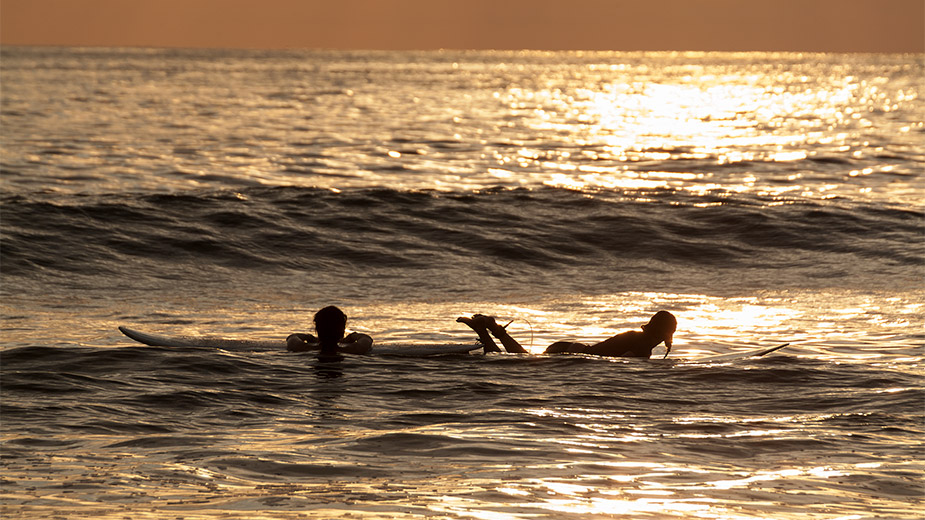

santa catalina veraguas panama coiba island marine park panama
Situated in Veraguas Province, along the Pacific coast and just west of the Azuero Peninsula, Santa Catalina is synonymous with surfing and arguably Panama's most famous surf spot. Local and international surfers frequent Santa Catalina to enjoy its consistent, powerful surf and relaxed, laid-back atmosphere. Near Santa Catalina are numerous other surf spots, including Punta Brava, Punta Rosa, San Pedrillo, and Cimarron. So there is a surf spot for everyone, whether you are a professional or a beginner.
It also serves as a gateway to Coiba National Park, which offers intrepid travelers world-class scuba diving, snorkeling, white sand beaches, and numerous other outdoor activities.

Once a small fishing village off the beaten track, Santa Catalina is busy with budget hotels, surfboard rentals, and surf camps offering all levels of instruction to help ensure a steady flow of surfers searching for the perfect break.
Santa Catalina has two beaches: Estero Beach and Santa Catalina Beach. But which is which? Well, it all depends on who you ask. If you follow it to its end, the main road leading into town will take you to the ocean's edge, which, on most maps, is labeled Catalina Beach. The locals call it Town Beach or Estero Beach, but regardless, there is no surfing here. Instead, it is most commonly used by tour operators as a departure point for trips to Coiba National Park. In addition, there are several small islands just off the beach, one of them being Santa Catalina Island.
The second beach, commonly referred to as Santa Catalina Beach, is located just a few minutes east of town—oddly enough, maps have this labeled as Estero Beach. If you ask any local or surfer about Santa Catalina Beach, they'll send you here. The beach is long and crescent-shaped, with a tiny section extending outward midway toward its end. To get there, you can either walk along the road—turn left in front of the supermarket—or, if the tide is low, you can walk along the rocky coastline that separates both beaches. The uneventful walk along the road takes just 5-10 minutes, whereas a walk along the coastline requires 20-30 minutes or more. Sneakers or sandals will do if the tide is out, as the rocks are round, smooth, and easy to navigate.
The town of Santa Catalina is relatively small. Residential homes, hotels, restaurants/eateries, dive shops, fishing outfitters, and tour agencies line the entrance road.
From the Albrook Bus Terminal in Panama City, there are no direct buses to Santa Catalina. You have two options. You can take a mini-bus to Soná, which departs several times throughout the day and stops briefly in Santiago; the trip takes approximately 4.5-5 hours. Alternatively, you can take a direct bus to Santiago, which takes about 3.5 hours; the buses servicing Santiago are larger and more comfortable. From Santiago, you will need to take a mini-bus to Soná.
From Soná, you will need to take another mini-bus to Santa Catalina, which departs 2-3 times daily and takes an additional 1.5 hours.
If you are driving to Santa Catalina, take the Panamerican Highway until you reach Santiago — turn left at the Shell station (Ave. Central.) Continue along this road for approximately 2 miles, passing a church on the left-hand side. At the second crossroad, turn right, and continue until you reach the Shell station. Here, turn left, and follow the sign to Santa Catalina. Upon arriving in El Tigre de Los Amarillos, turn left and follow the sign for Santa Catalina, Lagartero. Continue along this road until you reach an intersection, turn right, and follow this road until you reach the town of Santa Catalina. The trip from Panama City to Santa Catalina takes approximately 6-7 hours.